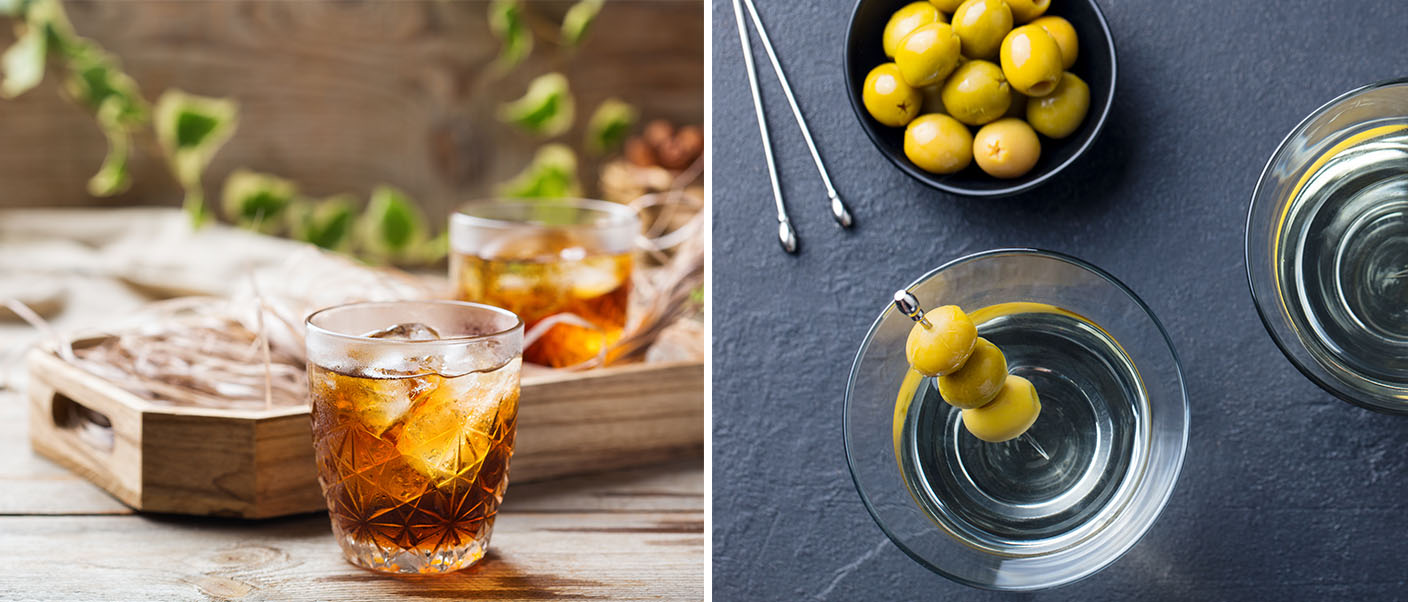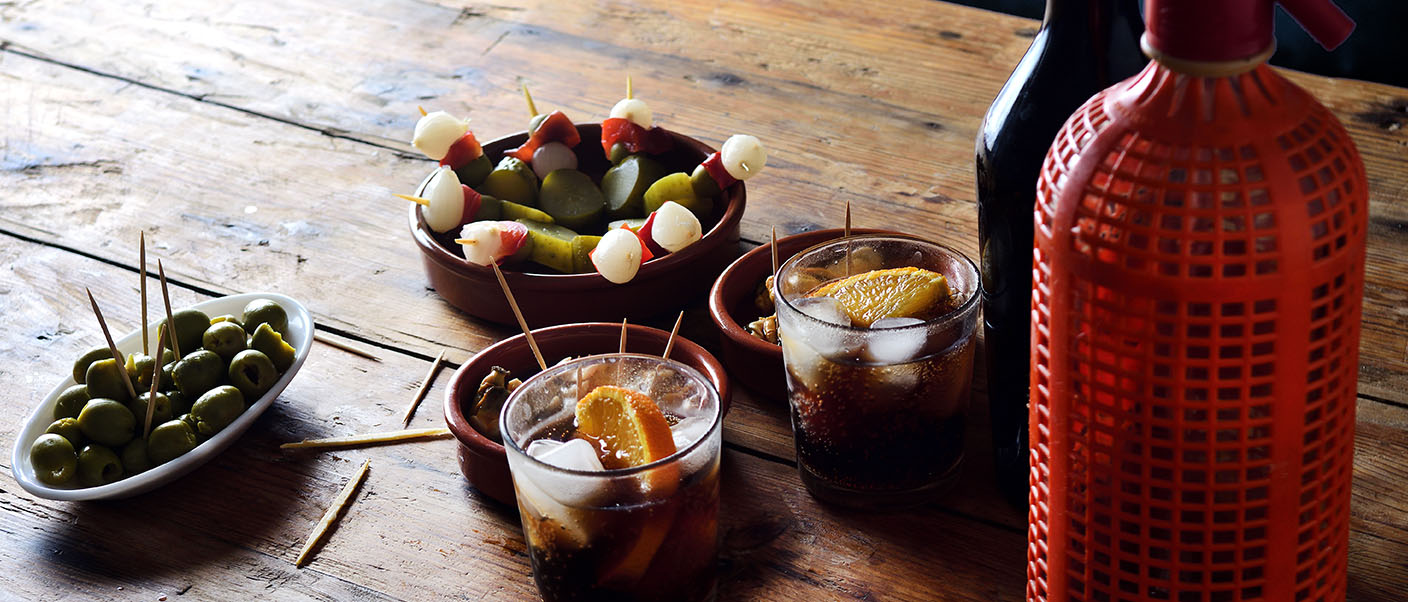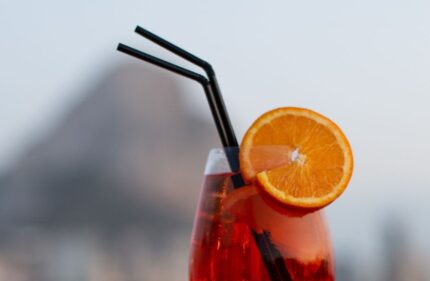Vermouth is a drink that has been in the limelight for the last few years. Its qualities and versatility make it a “must have” compared to its most direct competitors (beer and wine).
The beverage sector is constantly looking for new formulas that stimulate and, above all, that the consumer finds very appetising, whether due to its drinkable nature, its texture, because it is in fashion or even because it is setting trends.
This is the case of vermouth. A drink with tradition and that apparently, and “only apparently”, is in the background. For its most loyal followers, the “vermouth hour” is sacred, and in recent years an increase in its consumption has been detected in new consumer groups. Especially among the youngest target—aged 18 to 30 years—which, having less purchasing power, is open to trying new creations and updated formulas.
Vermouth is now appearing on the scene with greater strength and is here to stay. We count the reasons why the industry is opening its eyes to a very appetising product.
Vermouth is…
A wine? A spirit? And then… how can we define it and what category do we place it in?
Let’s break it down.
The name “vermouth” comes from the German word wermut, which is translated as absinthe. Although in reality its “rosso” (red), sweet version comes from Italy and white vermouth (dry and generally with a higher alcohol content) comes from France. Its origin is basically European.
It is a wine fortified with herbs, which, together with other substances such as spices, plants, fruits and other elements with a touch of bitterness, make it the perfect product for consuming from time to time when enjoying an aperitif or in the form of a cocktail. This herbal infusion is introduced into a solution of water, sugar and alcohol, which will eliminate certain essences but at the same time preserve all the most characteristic flavours of vermouth.

This will depend on the maker, the number of ingredients, the formulas, quantities and steps in its preparation. That’s what is responsible for this drink’s magic, which obtains different and exquisite results.
It does not form part of the spirit category because its alcohol content is between 15 and 23 percent, at most. This is practically less than half compared to the percent contained, for example, in gin (between 35 and 40 percent) generally.
The definition of vermouth found in article 3 of the Order that regulates this and other beverages is more technical. The legislation categorises it as an aromatic wine and bitter-soda, and defines it as a “wine-type aperitif in which the flavour and aroma characteristic of Artemisa plant species predominate”.
This text also regulates the different types, classifying them as dry, semi-sweet and sweet, whites, rosés, reds and goldens, as well as the alcohol content and amount of sugars allowed in each case.
The vermouth market
The global market for vermouth last year (2019) was valued at US$8.7 million, with Europe being its main producer.
Europeans are also its biggest consumers (Italy, Spain and France), which coincides oddly enough with the two of its leading producers: Italy, which is the top producer and exporter, followed by Spain.

Nonetheless, this beverage finds its best reception in the United States, the biggest vermouth buyer in the world, together with France and Spain, in second and third place respectively.
Moreover, another place where it is in the spotlight is England, where vermouth is becoming a trendy drink.
Encompassed in and with great popularity among low-alcohol cocktails, it has a great future. Sweet vermouth was one of the biggest market segments in 2019 because, among other reasons, it is becoming one of the liquids with the best economic outlooks.
Its strong points
Despite being in a very competitive market and facing certain barriers because the market is quite monopolised at the country level (most of its production is dominated by a few very consolidated brands), there is no doubt that vermouth has its place and occupies a very interesting position in the industry.
Its advantages include:
- The overall increase in consumption in recent years. Thanks to young people, with less purchasing power, who are willing to try and consume new products from time to time.
- The emergence of new recipes with great quality is taking over against the major consolidated vermouth brands. It can accommodate an infinite number of ingredients and varied formulas, which enables launches with innovative results.
Although consumption is still low compared to other beverages, it is a industry that continues to expand. Premiumisation is resulting in the appearance of specialised products in the launch of a wide variety of exclusive and unique creations.
- Vermouth is highly versatile There are different categories, flavours (around which each brand tends to form and create the identity of its product), and it is suitable for mixing with a multitude of ingredients (tonics, sodas, etc.).
Due to its sugar levels, vermouth ranges from extra-dry, in which the sugar content is lower than 30 g/litre, to the sweet category, where the sugar content exceeds 130 g/litre.
- Vermouth is multi-format. Its presentation is in a traditional glass bottle or on tap. The future points to the can format, specifically the sleek, 250 ml, ready-to-drink format.










Comments